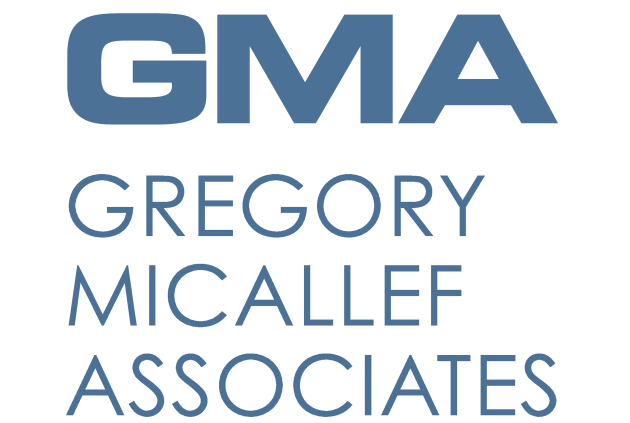Starting with the April 2019 update, Microsoft will be adding “Learn more” links to its error code messages in a bid to enable users to see what the code means, plus the chance to fix the error on the spot.
Resolved During Installation
The “Learn More” links will be there to help if there is an error during the upgrade (or installation) of Windows 10. As well as explaining what the error is, Microsoft will also be giving users the chance to resolve the error messages themselves within the installer and will offer suggestions on how to update any problematic applications without having to uninstall.
What’s The Problem?
If a problem is encountered during the upgrade/installation of Windows 10, users are given error messages, for example if a version of an app isn’t compatible with the latest Windows 10 OS, and users need to either update or reinstall the app.
To date, Microsoft has provided articles on how to solve Windows errors written by support staff called the ‘Knowledge Base’ (KB). The main problems for users have been that:
- Users don’t know what the numerical error messages in the upgrade and installation of Windows 10 mean, or what to do with those error codes.
- Users generally don’t know how to use KBs, look for specific KBs using their numerical ID, and there are no direct links to KB articles in setup error notifications.
- Users have also found that ‘back ‘and ‘refresh’ buttons don’t fit with the error notifications they receive.
Link To A Quick Fix
Whereas the October 2018 Update means that users were only given the options of uninstalling the app, going back, or refreshing in the case of an error, the changes in the April update (code-named 19H1) should afford user the opportunity to save time and hassle by having information about the error to hand, and being able to get quick fix on the spot.
What Does This Mean For Your Business?
The current system of offering up codes that mean little to many to users who are not acquainted with the existence of the Knowledge Base or how to use it causes frustration and can waste time and therefore waste money for businesses. This change in April appears to be a straightforward, user-friendly way of saving time and hassle by offering users the chance to more easily understand and find a fix for errors on the spot.
At present, a list of the common errors experienced during a Windows 10 upgrade and installation plus explanations of them can be found on the Microsoft Windows Support pages here: https://support.microsoft.com/en-gb/help/10587/windows-10-get-help-with-upgrade-installation-errors



